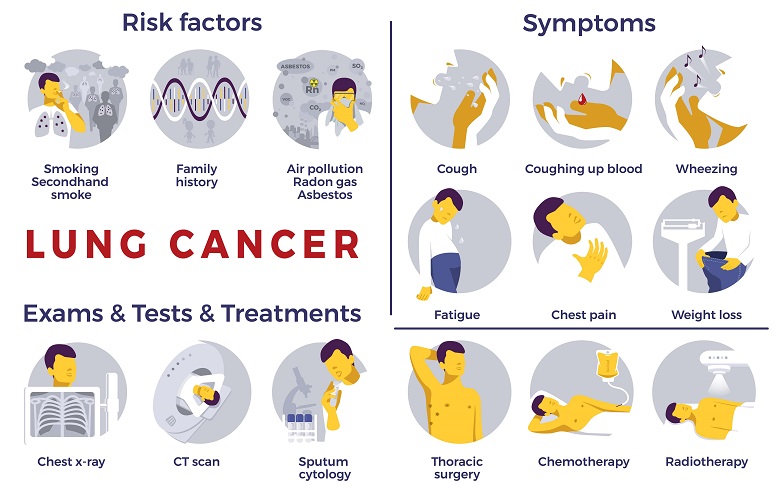
You're in the right place if you are looking for information on pediatric endocrine issues. This section will explain the science, symptoms, treatments, as well as the research behind children's endocrinology. Learn about the most recent advancements in the field, such as PET scans. Read on to learn more about the specialties of our team.
Symptoms
Pediatric endocrinologists focus on disorders of the reproductive system. The hormones produced by the endocrine glands regulate body temperature, mood, and growth. These hormones travel through the bloodstream to different tissues. These hormones can cause a wide range of problems if they are not properly produced. The endocrine hormone gland could be either underactive, or overactive in children.
Pediatric endocrinologists are specialists in disorders of hormones, glands, and other factors that affect a child’s growth and development. Because children are so different from adults, hormone issues can impact a child's emotional well-being and development. Fortunately, pediatric endocrinologists are highly sensitive to the needs of children, and they work in appropriate settings. To provide the best possible care, a pediatric endocrinologist collaborates with families and other professionals.

Tests
Testing is necessary in many pediatric endocrine conditions. Some tests are more successful than others so children shouldn't have to go through all of them. American Academy of Pediatrics developed a list of five preventable tests. The list of tests to avoid focuses on children with a history of hyperglycemia. Although the list isn't exhaustive, it can help you decide which tests to take.
A stimulation test is performed to determine whether the child has enough growth hormone or glucose. Using this test, doctors can rule out diabetes, insulin resistance, hypoglycemia, and adrenal dysfunction. Stimulation testing can also be used for children in early puberty to test adrenal function and measure lupron levels. The results of these tests could lead to further treatment and diagnosis.
Treatment
Children's endocrinology involves the diagnosis and treatment of conditions related to the endocrine system. Type 1 diabetes is a condition that the body does not produce enough insulin, or it has difficulty gaining weight. Other endocrine disorders include pituitary diseases, osteogenesis imperfecta and lipid problems. Pediatric endocrinologists can treat many different conditions that affect children because of their broad scope.
Pediatric endocrinologists specialise in the treatment and study of diseases that affect children's hormones. Glands in the body produce hormones for children and regulate nearly every aspect of the human body. The endocrine systems oversees and orders all bodily organs. If anything is not working properly, it can cause major health problems. Type 1 diabetes, which is an autoimmune condition that causes the patient to need insulin daily, is one example.

Research
The Division of Pediatric Endocrinology's research focuses primarily on the regulation of development and growth as well as the development of hormones in children. The Division of Pediatric Endocrinology has a focus on type 1 Diabetes mellitus. Type 1 is associated with high levels of cardiovascular disease, metabolic syndrome, and other conditions. TrialNet is a multicenter network that has been funded by NIH. It focuses on type 1, diabetes. The Autoimmunity Center of Excellence conducts research in order to gain a better understanding of type 1. Other research projects in the division include the development of new techniques to measure body composition and cardiometabolic disease in children.
NYU Langone's Division of Pediatric Endocrinology and Diabetes focuses on a range of research areas. The scientists are involved in a wide variety of research projects. These scientists frequently give lectures at scientific conference. The impact of medications on the child's endocrine system, and the effects of growth hormone therapy are just a few of the other research areas. New York University Endocrinology and Diabetes Center has a reputation for providing world-class care in pediatric endocrinology and diabetology.
FAQ
What do you think are some of the most important issues facing public health today?
Many people are affected by obesity, diabetes and heart disease. These conditions result in more deaths per year than AIDS combined with car crashes and murders. Poor diet, inactivity, and smoking all contribute to high blood pressure and stroke, asthma, arthritis and other conditions.
How can I get free health insurance in my area?
You can apply for free health insurance if you qualify. If you are eligible, you might be eligible to Medicaid, Medicare or CHIP, Children's Health Insurance Program(CHIP), Tricare benefits, VA benefits and Federal Employee Health Benefitss (FEHB), military benefits, Indian Health Service benefits (IHS), or another program.
What should you know about vaccines
Vaccines can be very effective and safe ways to stay healthy. Vaccines protect you from certain diseases. Vaccinations are typically given at certain times in childhood, adolescence or adulthood. Your doctor will discuss when it is best to get vaccinated.
What is the difference in public and private health?
In this context, both terms refer to the decisions made by policymakers or legislators to create policies that affect how we deliver health services. The decision to build a hospital can be made locally, nationally, or regionally. The decision to require employers offer health insurance can be made by national, regional, or local officials.
Statistics
- Price Increases, Aging Push Sector To 20 Percent Of Economy". (en.wikipedia.org)
- Healthcare Occupations PRINTER-FRIENDLY Employment in healthcare occupations is projected to grow 16 percent from 2020 to 2030, much faster than the average for all occupations, adding about 2.6 million new jobs. (bls.gov)
- The healthcare sector is one of the largest and most complex in the U.S. economy, accounting for 18% of gross domestic product (GDP) in 2020.1 (investopedia.com)
- Consuming over 10 percent of [3] (en.wikipedia.org)
- Over the first twenty-five years of this transformation, government contributions to healthcare expenditures have dropped from 36% to 15%, with the burden of managing this decrease falling largely on patients. (en.wikipedia.org)
External Links
How To
What are the 4 Health Systems?
Healthcare systems are complex networks of institutions such as hospitals and clinics, pharmaceutical companies or insurance providers, government agencies and public health officials.
The ultimate goal of the project was to create an infographic that would help people to better understand the US health system.
These are some of the most important points.
-
Annual healthcare spending totals $2 trillion and represents 17% GDP. This is nearly twice the amount of the entire defense spending budget.
-
Medical inflation reached 6.6% for 2015, more than any other category.
-
Americans spend 9% of their income annually on health.
-
As of 2014 there were more than 300,000,000 Americans who weren't insured.
-
The Affordable Care Act (ACA) has been signed into law, but it isn't been fully implemented yet. There are still gaps in coverage.
-
A majority of Americans believe that there should be continued improvement to the ACA.
-
The US spends more money on healthcare than any other country in the world.
-
Affordable healthcare would lower the overall cost by $2.8 Trillion annually if everyone had it.
-
Medicare, Medicaid, and private insurers cover 56% of all healthcare spending.
-
The top three reasons people aren't getting insured include not being financially able ($25 billion), having too much time to look for insurance ($16.4 trillion), and not knowing what it is ($14.7 billion).
-
HMO (health management organization) and PPO(preferred provider organisation) are the two types of plans.
-
Private insurance covers almost all services, including prescriptions and physical therapy.
-
Programs that are public include outpatient surgery, hospitalization, nursing homes, long-term and preventive care.
-
Medicare is a federal program providing senior citizens health coverage. It covers hospital stays, skilled nursing facilities stays, and home care visits.
-
Medicaid is a program of the federal and state governments that offers financial assistance to low-income people and families who earn too much to be eligible for other benefits.